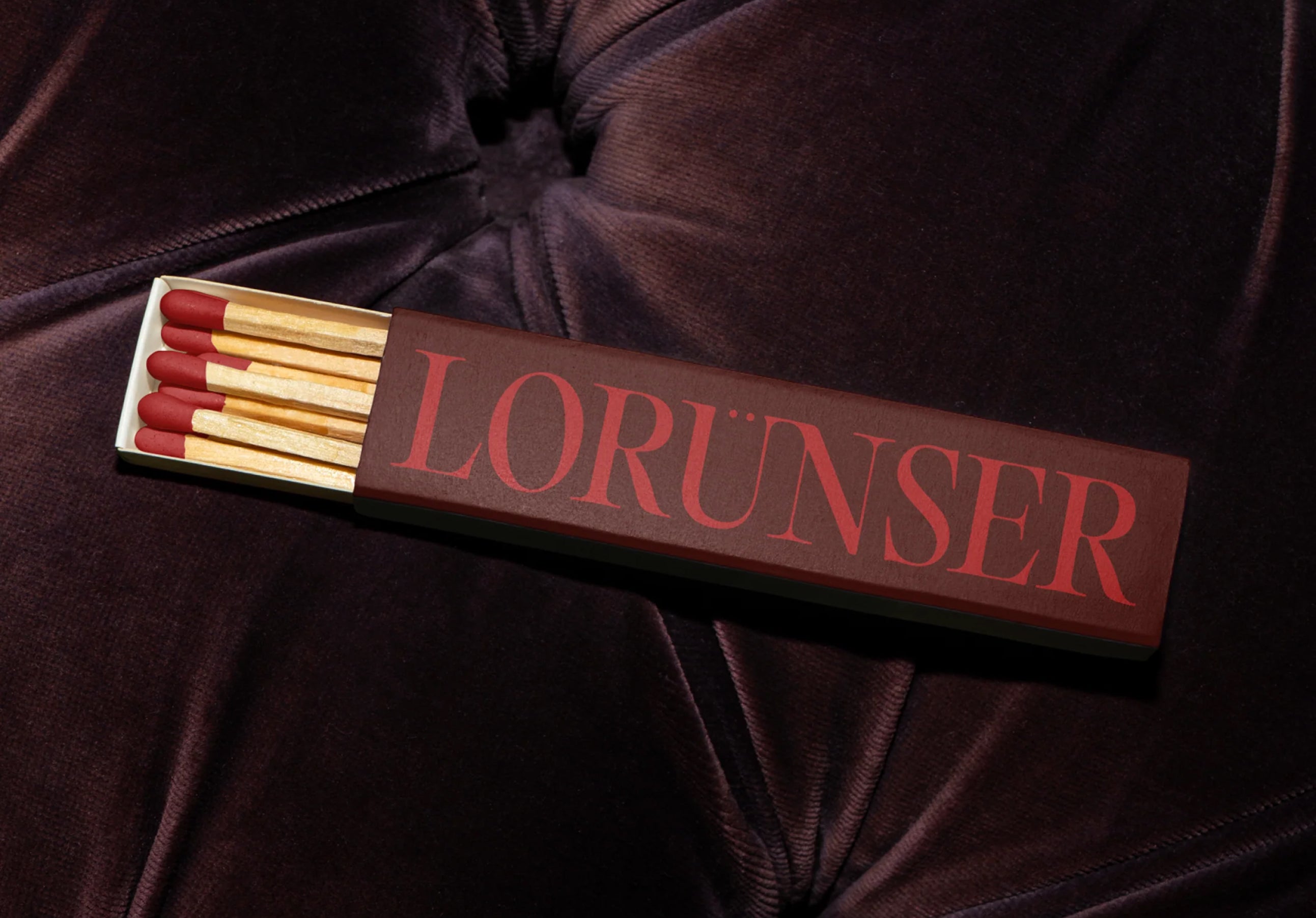Museum
Museum is a masterfully crafted humanist sans-serif typeface, embodying the perfect blend of elegance and versatility.
Free to try
Licenses start at $40
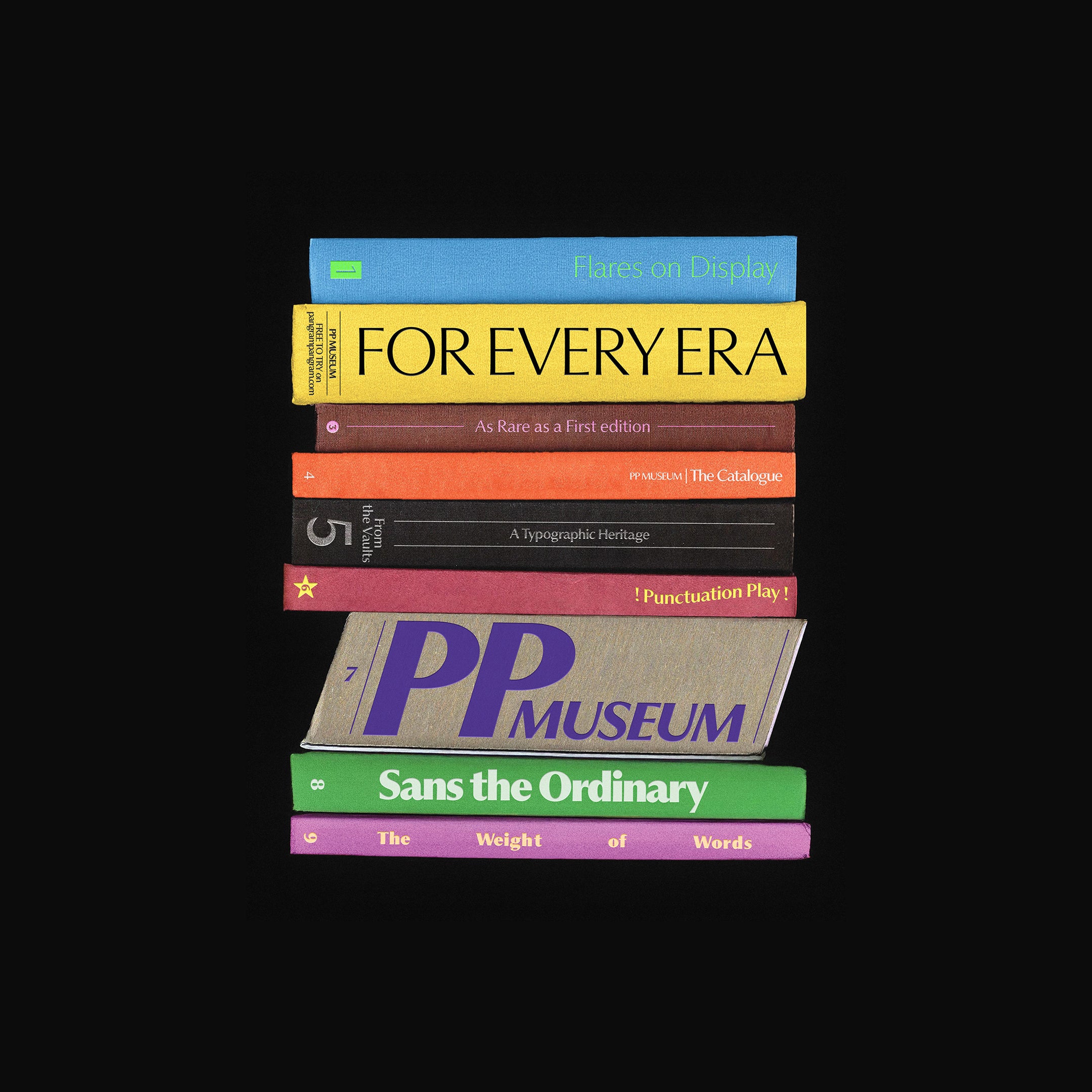
Museum style list
18 Styles
01234567
{(!@#$?&)}
01234567
{(!@#$?&)}
- Thin 100
- Ultralight 200
- Light 300
- Regular 400
- Medium 500
- Semibold 600
- Bold 700
- Ultrabold 800
- Black 900
- Thin Italic 100
- Ultralight Italic 200
- Light Italic 300
- Regular Italic 400
- Medium Italic 500
- Semibold Italic 600
- Bold Italic 700
- Ultrabold Italic 800
- Black Italic 900
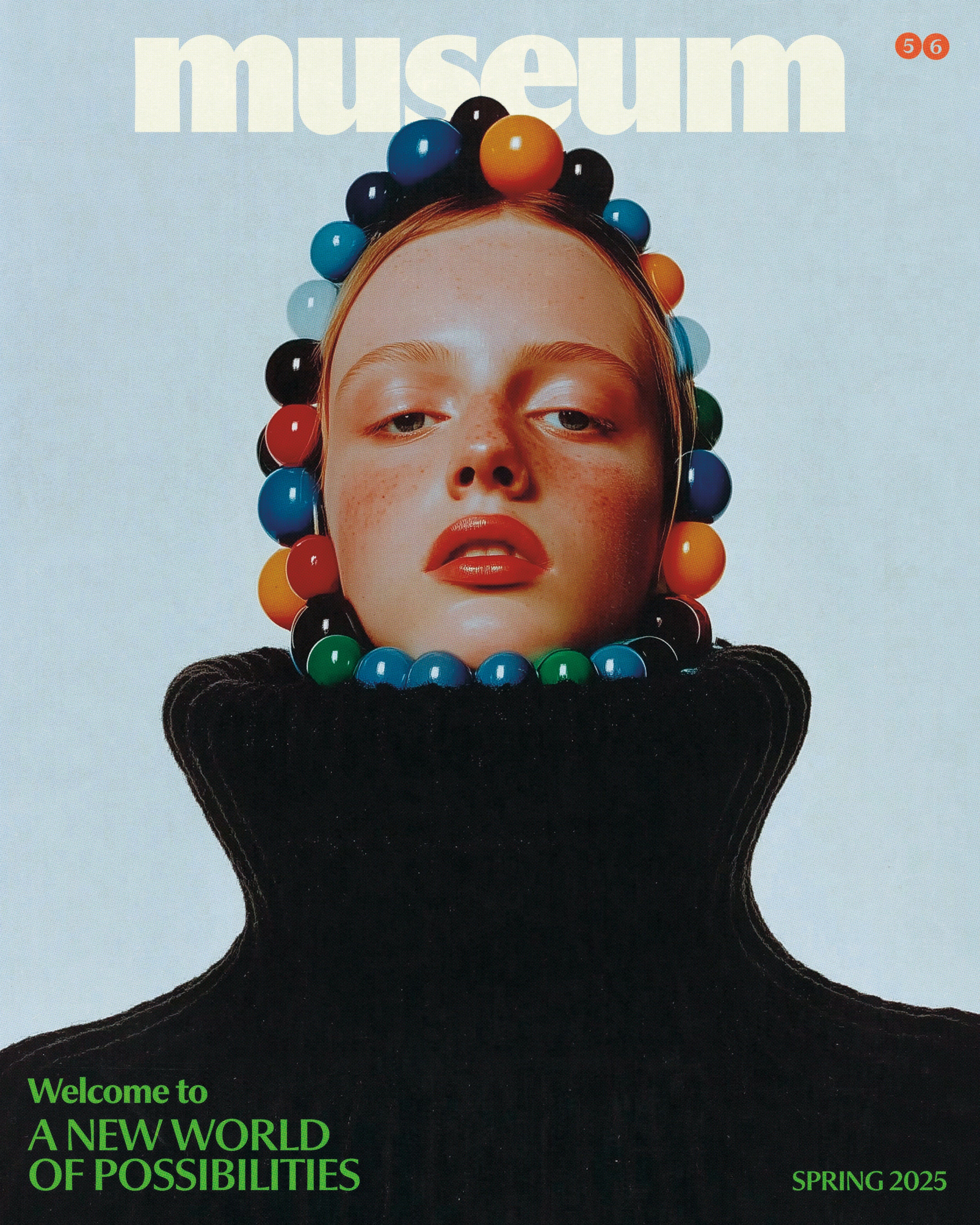
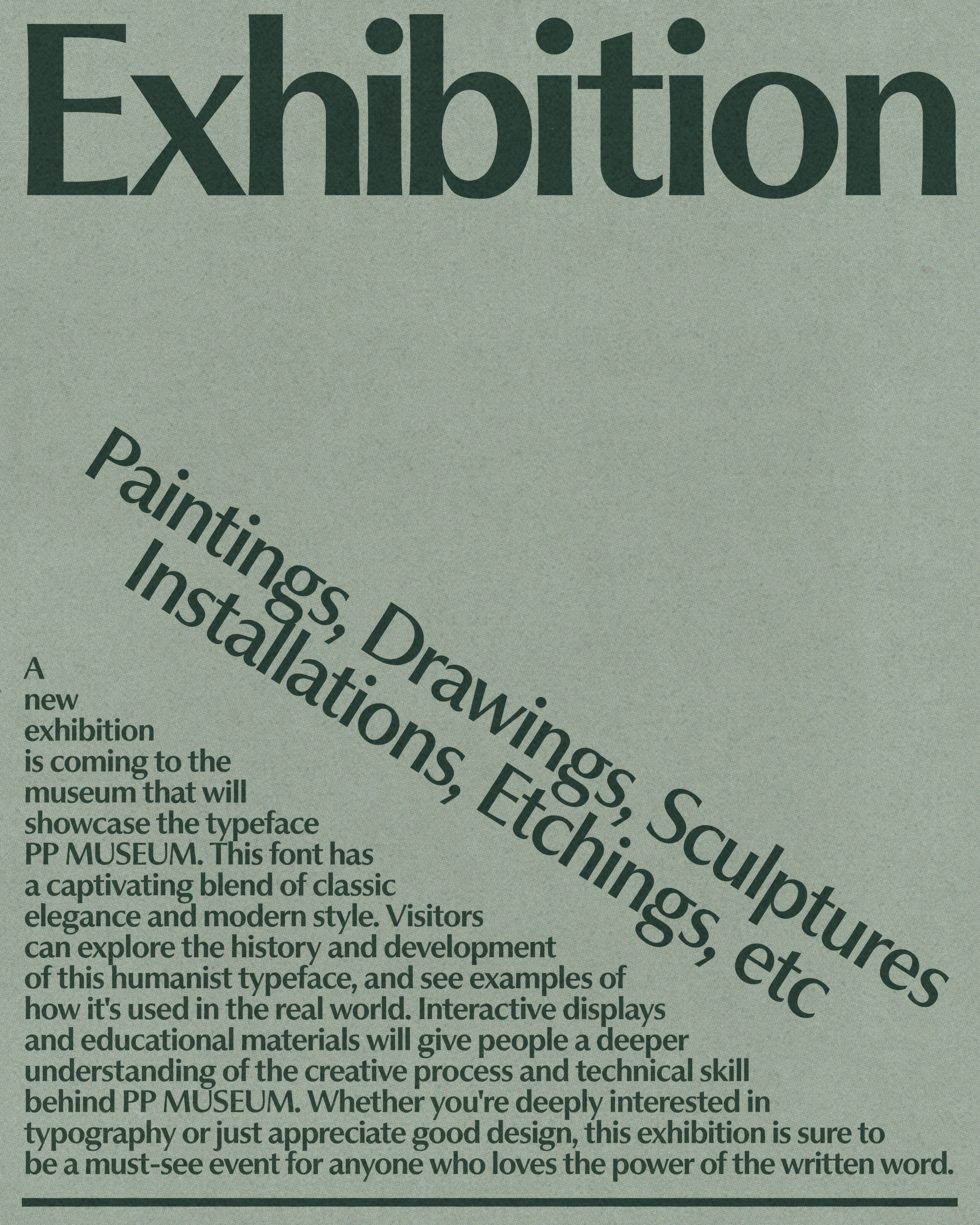
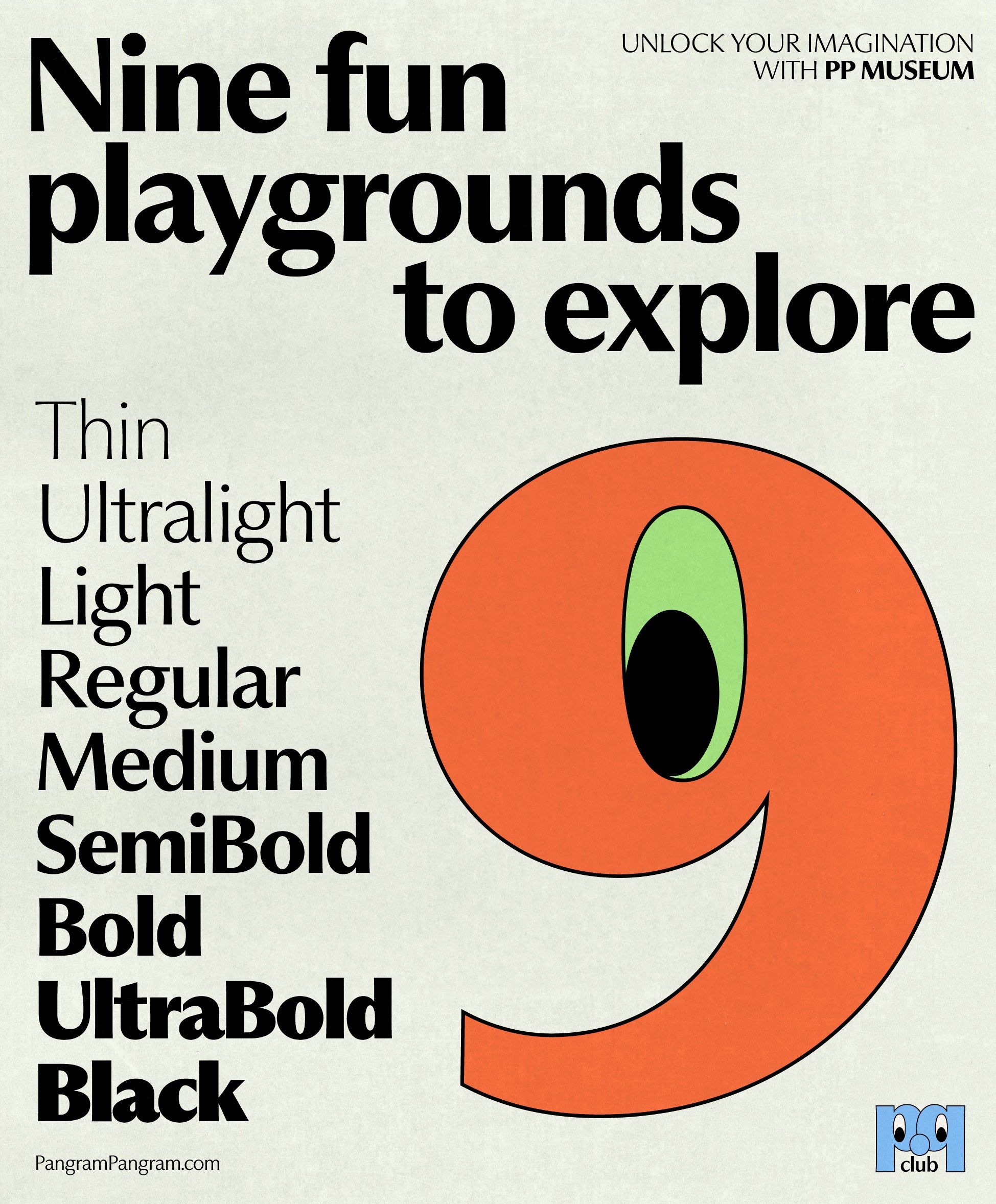
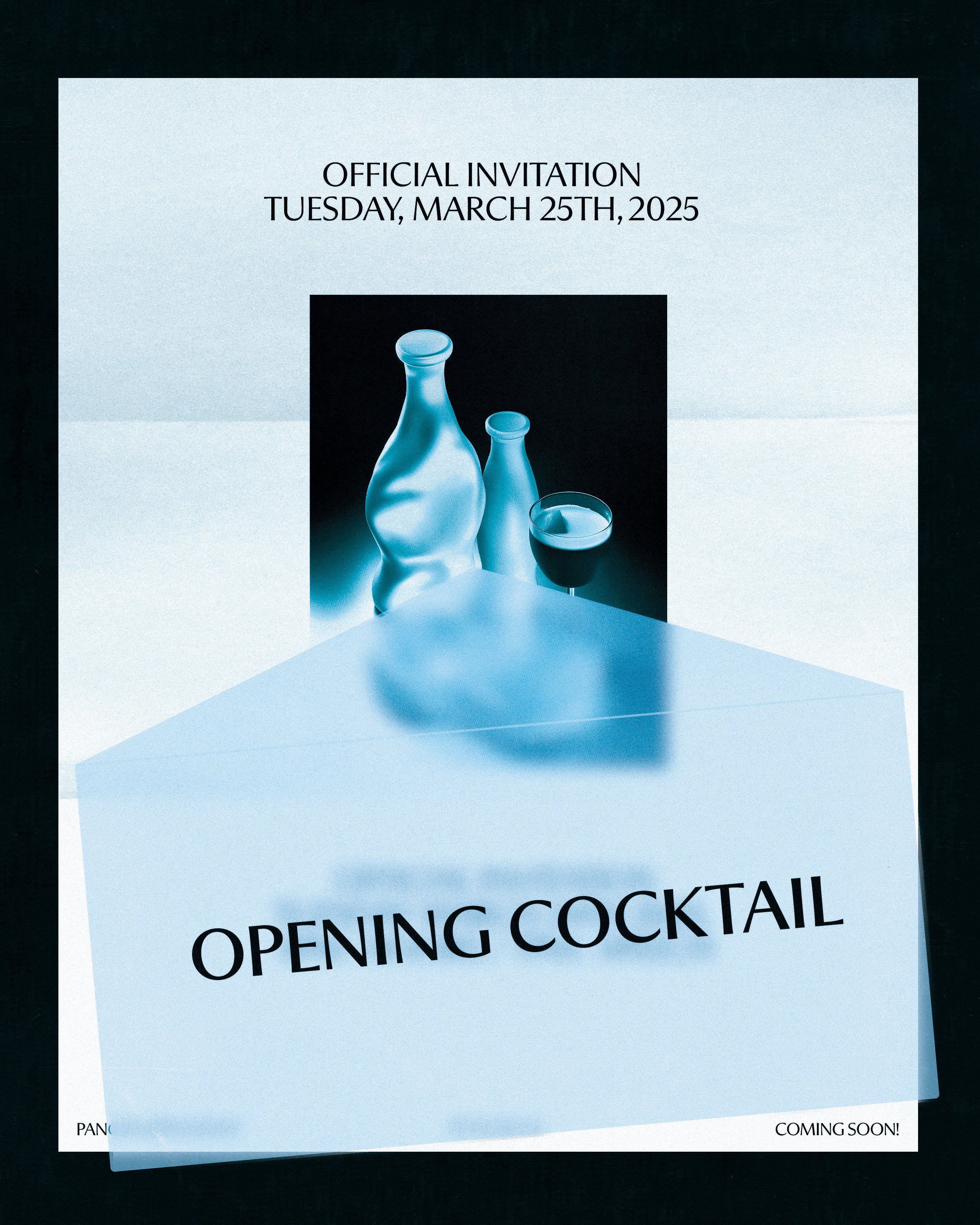
Museum
with Italics
Glyphs set overview
Glyphs set overview
Glyphs View
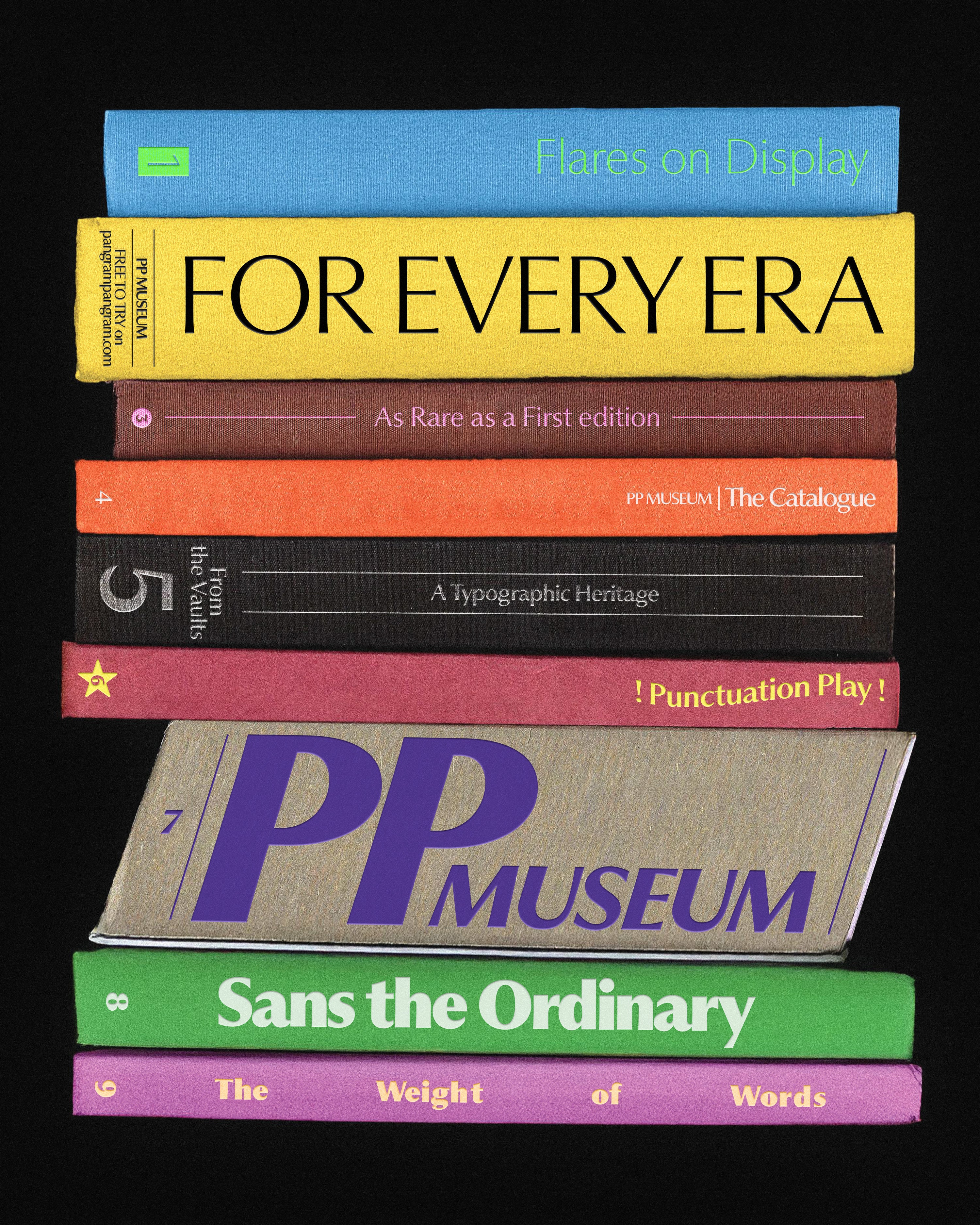
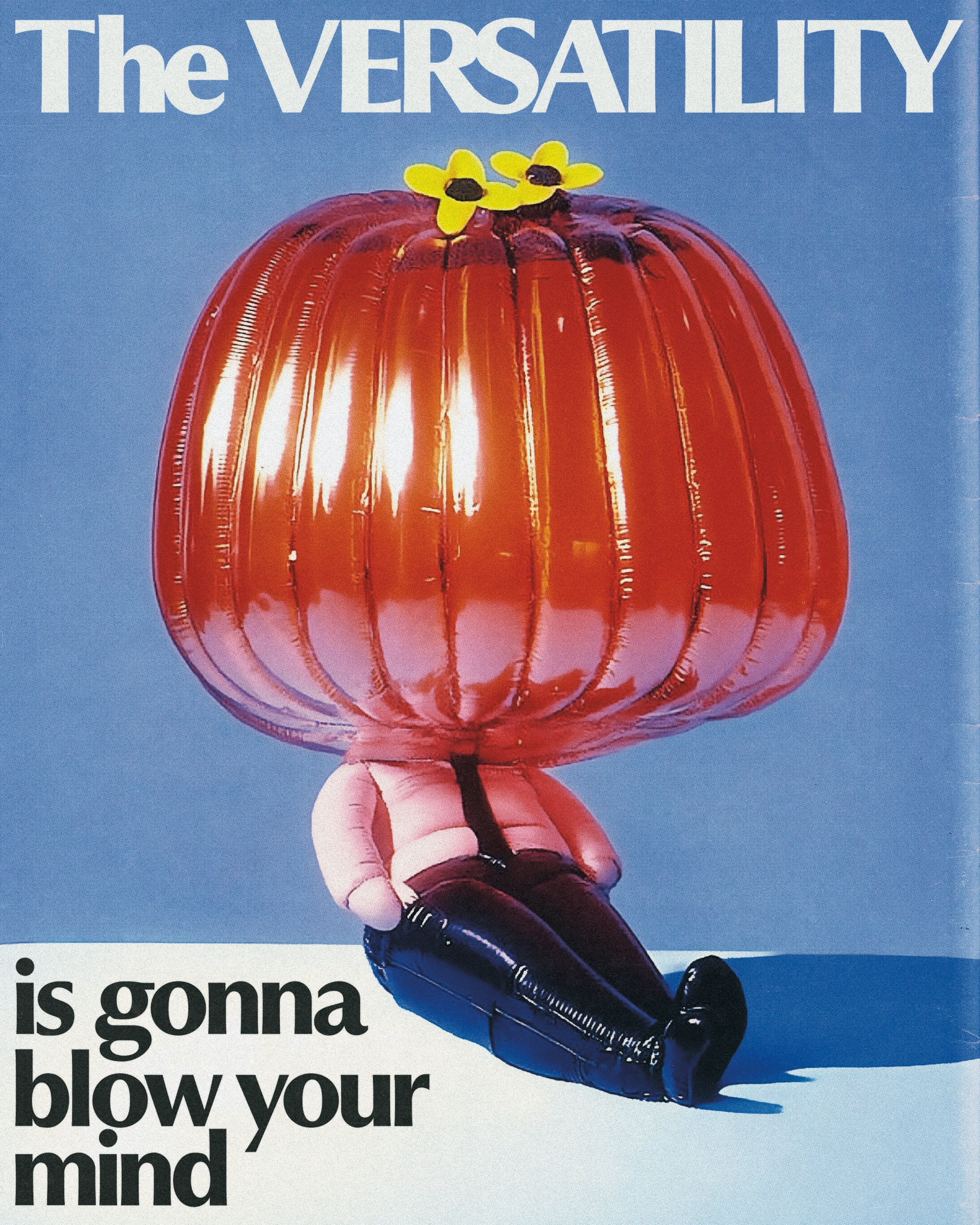
Museum's Features
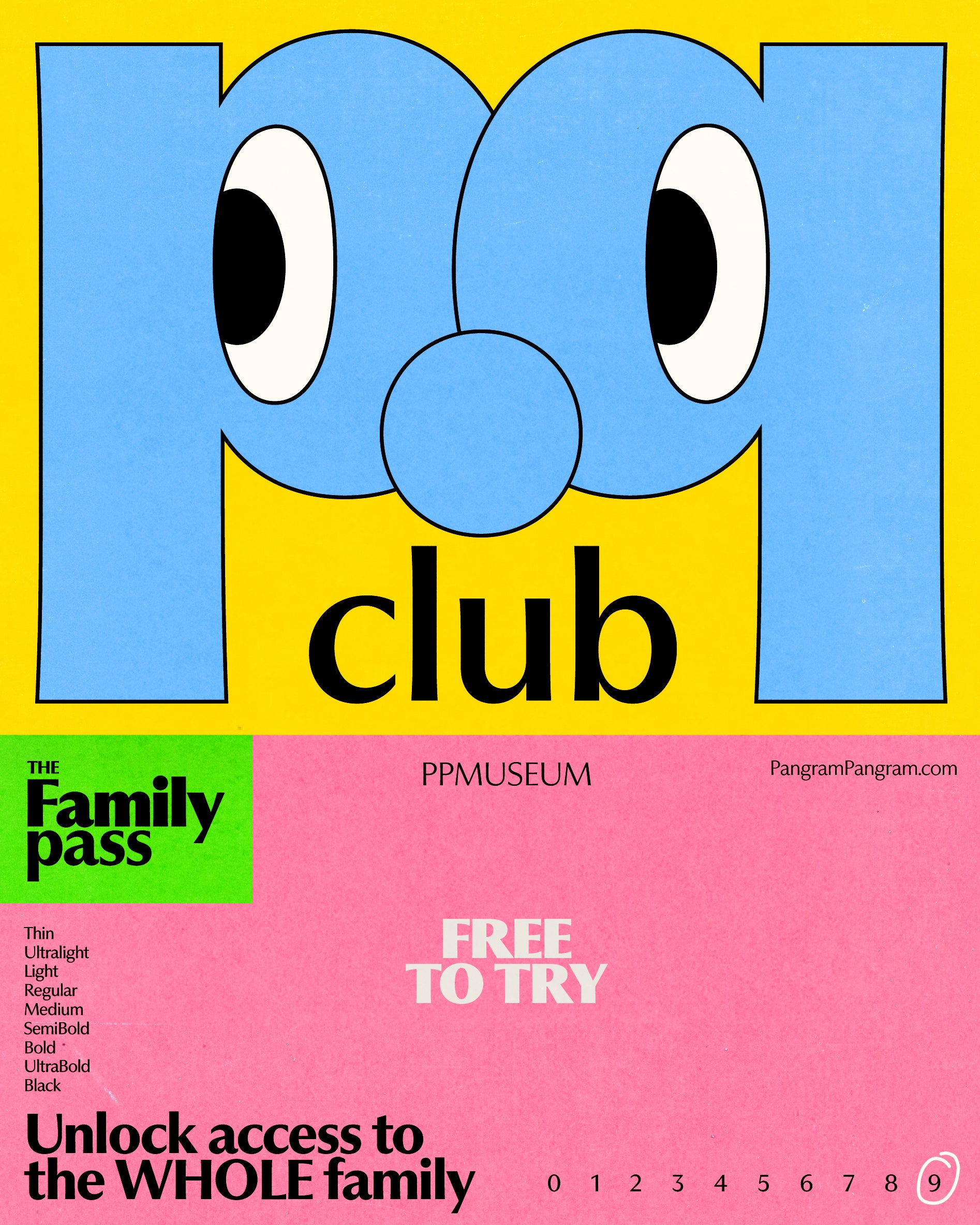
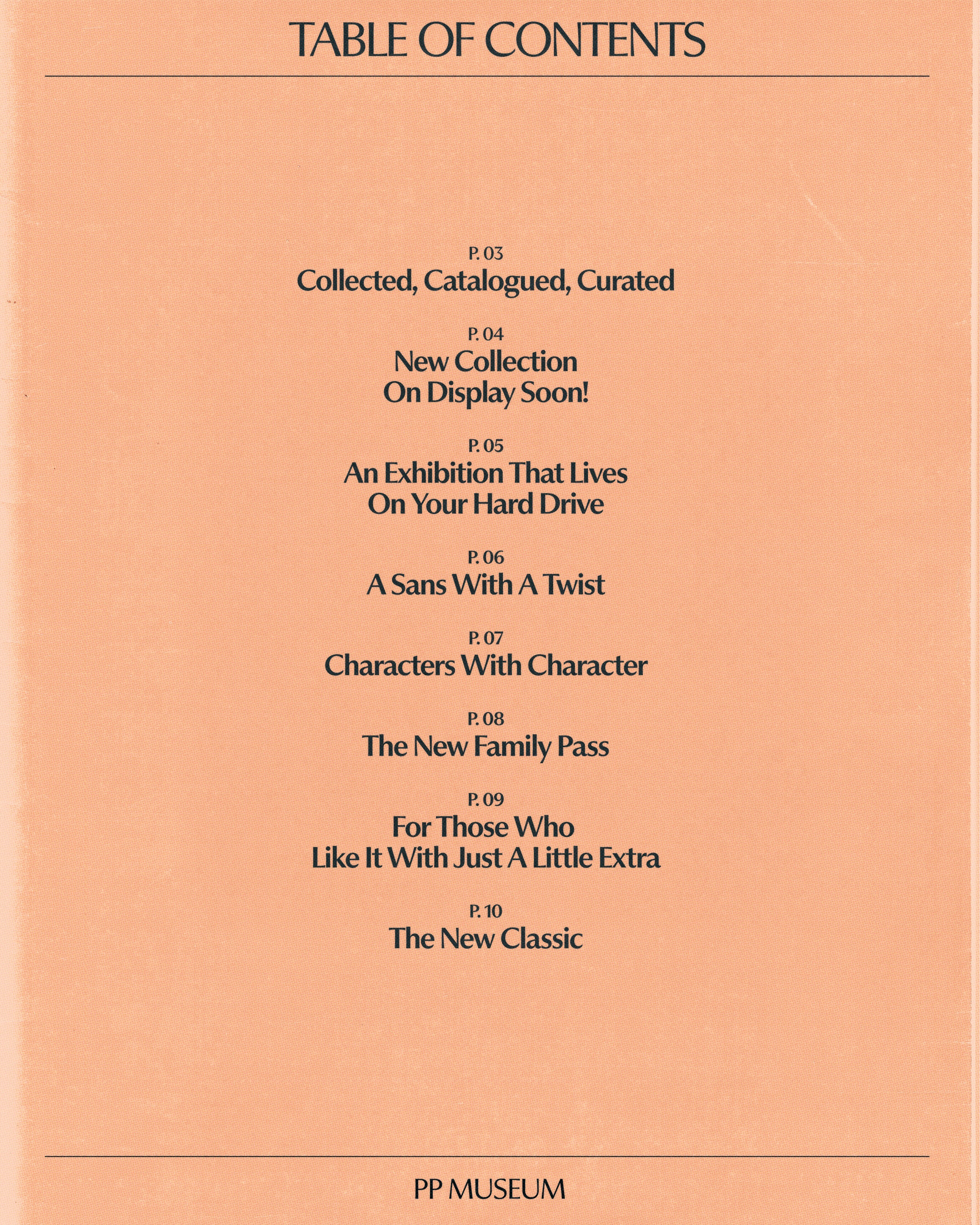
Classic form. Contemporary soul.
PP Museum is a masterfully crafted humanist sans-serif typeface, embodying the perfect blend of elegance and versatility. This remarkable typeface draws inspiration from the meticulous sketches of Optima found on aged banknotes, reinterpreted with a modern sensibility that enhances both readability and sophistication.
While technically a sans-serif, Museum’s subtle terminal flares echo a glyphic quality rarely seen in contemporary type design, imbuing it with a distinct personality. Its conceptual foundation is further enriched by extensive research into the typography of vintage tomes, book covers, spines and museum-centric objects — an homage embedded in its very name.
The light flares, prominent in the thinner weights, gracefully recede in the heavier styles, ensuring a harmonious balance across applications from refined body text to commanding headlines. This adaptability makes PP Museum an indispensable tool for designers seeking to bridge classic craftsmanship with contemporary aesthetics.
The tapered diagonals inject dynamic movement, lending a modern edge to the family’s timeless character. Spanning 9 meticulously engineered weights, each with true italics that feature swashes and decorative terminals—an uncommon feature in sans-serif typefaces—Museum invites exploration and elevates design across every medium.
Designers
Collaborator
- Visuals by Demande Spéciale
Categories
- Humanist
- Italics
- Sans Serif
- Text
- Variable
Styles
- 18 Styles
18 Styles with 692 Glyphs each
Version
v1.00
Latest update: March 2025
Available formats
OTF, TTF, WOFF, WOFF2
Language Support
Afrikaans, Basque, Breton, Catalan, Croatian, Czech, Danish, Dutch, English, Estonian, Finnish, French, Gaelic, German, Hungarian, Icelandic, Indonesian, Irish, Italian, Latvian, Lituanian, Norwegian, Polish, Portuguese, Romanian, Saami, Serbian, Slovak, Slovenian, Spanish, Swahili, Swedish, Turkish, (and more)
Commercial Licenses
Not sure what to get? Or can’t find the right coverage?
Please contact us for our tailored corporate licenses!
Need more information about our licenses?
Our FAQ usually contains most of the answers.
